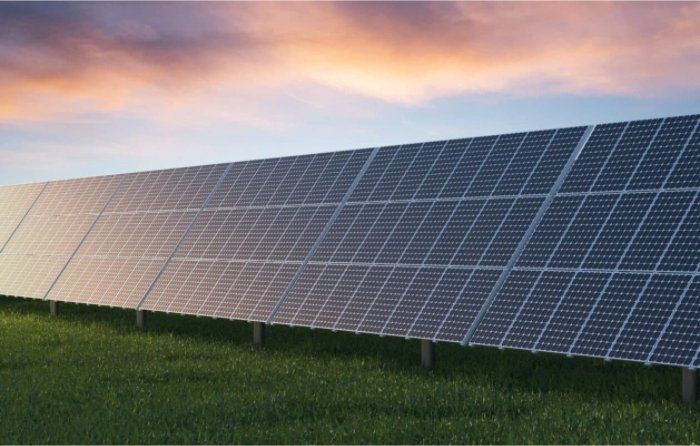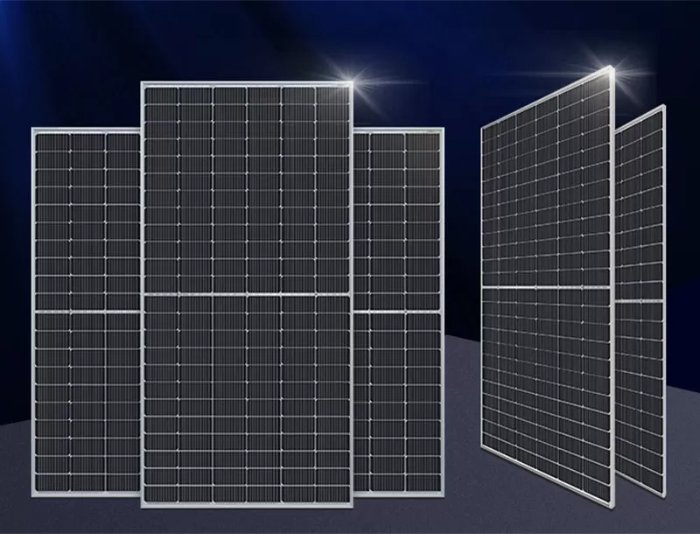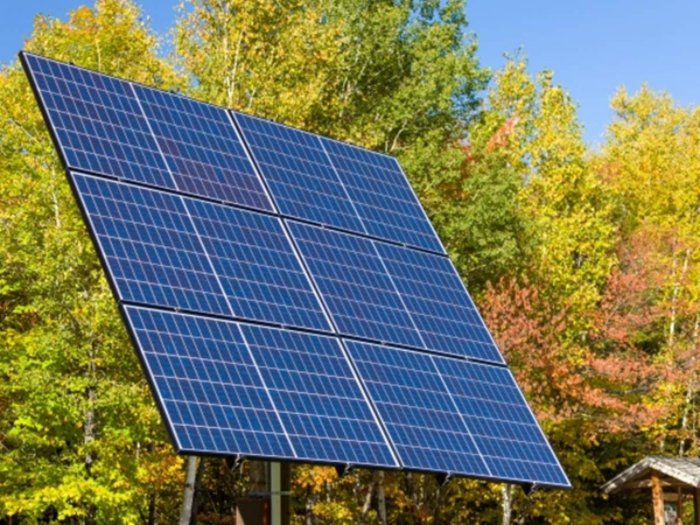Understanding Monocrystalline Solar Panel Recycling
The recycling of monocrystalline solar panels is essential as they serve for 25 to 30 years owing to their efficiency and longevity. With time, their usage becomes inefficient as their life is over, and the attention of producers and manufacturers should be focused on the recycling of valuable materials such as silicon, silver, and aluminum. This process helps to avoid waste and contributes to the sustainable cycle of resources necessary to support a greener energy environment. In general, there are several basic steps to recycle solar panels, including separation, mechanical processing, and chemical treatment.
The first step of recycling is the separation process, which includes the disassembly of aluminum frames and junction boxes. The parts are mechanically cleaned, carefully taking control of the removal of aluminum covers and layers of glass, to uncover silicon cells. At this stage, the second step starts, that is, chemical treatment, which is aimed at separating silicon from silver and copper. The process is followed by the purification of silicon using electrical device melting, and further separation of materials in order to re-use silicon in new solar cells, for instance, for the production of silicon chips.
The energy payback time is considered to measure the sustainability of solar panels and refer to the period of time a solar panel should ‘live’ to produce the amount of energy its production required. In general, this time has significantly decreased for monocrystalline solar panels with the help of improvements in technology, and now, it ranges from 1 to 4 years considering the specific technology and manufacturing process. The improvement is determined by the more efficient energy-yielding characteristics of monocrystalline solar panels that are stimulated by the developments of solar technologies, more efficient ways of production, and other changes. In the world, the application of the recycling processes for such panels has been observed, and in Europe, such companies as Recycle PV Solar and SolarCycle have already started the recycling of over 95% of all solar panel materials.
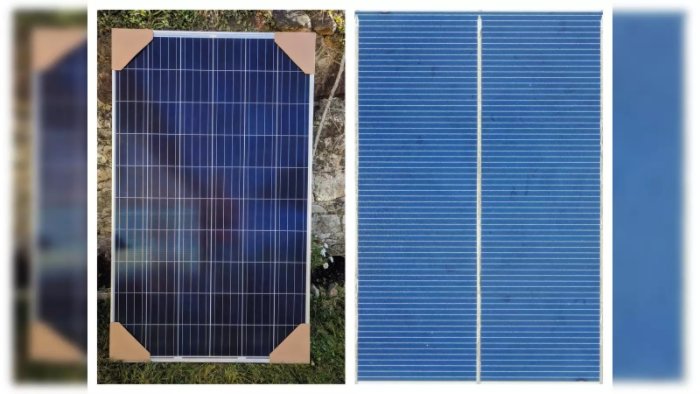
Factors Influencing EPBT of Monocrystalline Panels
Energy Payback Time for monocrystalline solar panels significantly depends on location and solar irradiance. The solar panels that function in the places with maximized solar irradiance produce more electricity and achieve energy payback faster. In other words, the panel installed in Arizona will have lower Payback time than if it installed in Maine. It is according to the fact that Arizona has many more sunlight hours available to produce electricity. A greater number of locations to install solar panels on the Earth surface will increase the net efficiency of solar panel use.
Energy consumption of solar panel manufacturing and the resultant number of materials used should also affect EPBT. Technological advancements in solar panel production allowed increasing efficiency and reducing waste. For instance, ten years ago, the new solar panel had the average of 2-3 EPBTs, while nowadays, modern solar panels would have between 1 and 2 EPBTs. It is regarding the fact that solar panel production with modern facilities uses from 20% to 30% less energy .
Time to manufacturing technology led to an that better affect the time for selecting Energy Payback Time. It is namely new technological advancements such as PERC or Passivated Emitter and Rear Cell. It increases efficiency and electrical output as the light is absorbed and converted into electricity by the front surface and all the rear surface radiation. Quality matters: the sun’s energy is absorbed by the cells and produces power for the entire solar panel life, thereby deciding to have a lower Energy Payback Time. Recycling and other End-of-Life methods related to of solar panels and solar panel parts overall influences the manufacture of, and Electricity Payback Time for solar panels. At the same time with recycling costs, the panels will be effectively recycled. The main benefit of recycling is high-purity polysilicon that can be used in new products that can be adapted for .
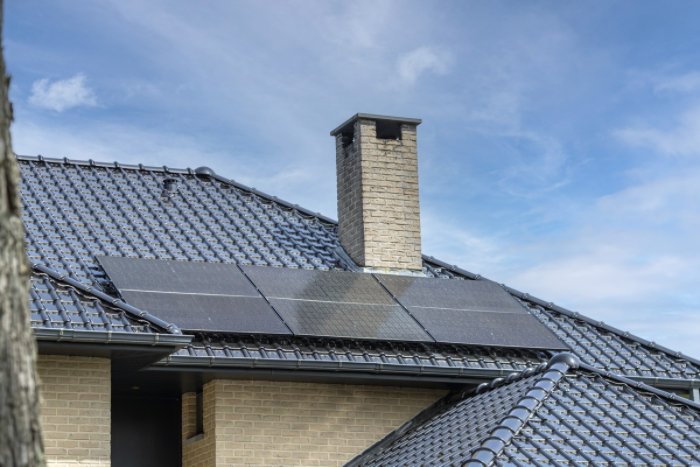
Comparison with Other Solar Technologies
Technological Differences Monocrystalline panels are not the only type of solar technology utilized today. Comparing them with polycrystalline and thin-film technologies can highlight their unique benefits and challenges in terms of recycling and energy efficiency.| Technology | Efficiency | Cost | Recyclability | Energy Payback Time (EPBT) |
|---|---|---|---|---|
| Monocrystalline | 15-20% | Higher | High | 1-4 years |
| Polycrystalline | 13-16% | Moderate | Moderate | 2-5 years |
| Thin-film | 10-13% | Lower | Low | 1-3 years |
Technological Synergies and Innovations
Recycling and Manufacturing Blend
Modern recycling technologies have offered incredible opportunities to the solar panel manufacturing industry and can now be utilized directly in the process. Modern facilities and plants employ the use of automated sorting systems that are highly precise and can help to separate types of materials that are typically used for manufacturing solar panels, glass, metals, silicon, etc. It may help make the recycling process more efficient and functional.
Innovative Materials Recovery
A substantial new advancement in the field is the employment of chemical processes that allow recovering not only silicon but also other rare and valuable materials, such as silver and gallium. At the same time, the majority of these processes use less toxic chemicals to have as little of an environmental footprint as possible while extracting as many valuable materials as possible.
Artificial Intelligence
Another new and cutting-edge technology in the recycling of solar panels is the employment of artificial intelligence. In particular, the use of AI algorithms now helps to optimize the process of dismantling and sorting of solar panels, and ensure that materials are precisely sorted. Apart from the benefits related to speed of processing materials, it also helps to minimize the amount of waste.
Versatility and Aesthetic Appeal
Monocrystalline solar panels are optimal for the use in architecture as they are both efficient and visually appealing. From an architectural and design point of view, this type of panel is often preferred by architects and designers who appreciate their uniform and aesthetic look, which allows users to integrate them seamlessly into different designs . In reality, they are used for the development of solar-integrated buildings, where they are turned into fundamental elements and are used to define the overall architectural solution . Their use is also suitable for the urban environment as monocrystalline solar panels are fitted to space, according to size and shape, a strategy which has been used in a New York City project . Here, the custom size of the panels allowed for the integration into the historical facade of the building, complementing and maintaining the character and aesthetical properties of the construction.
Function and Promotion in Public Spaces
When it comes to the use in public spaces, the monocrystalline solar panels often have more practical application. They are used in parks, and at bus stops, and public buildings, where they act as a source of power and shade at the same time . An example of the practical use of monocrystalline panels is the solar-powered pavilions in San Francisco’s parks, where “the curved monocrystalline panels blend seamlessly into the park’s landscape while providing the pavilion’s visitors with a variety of amenities”.

